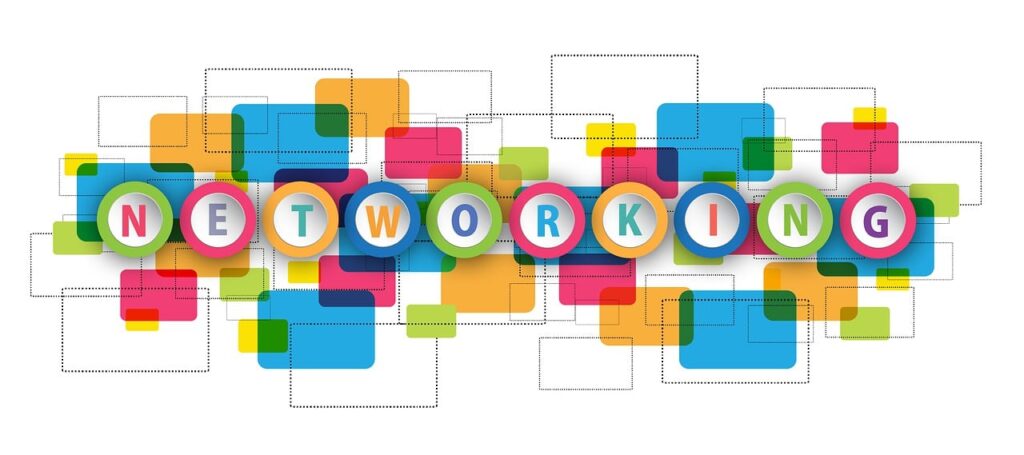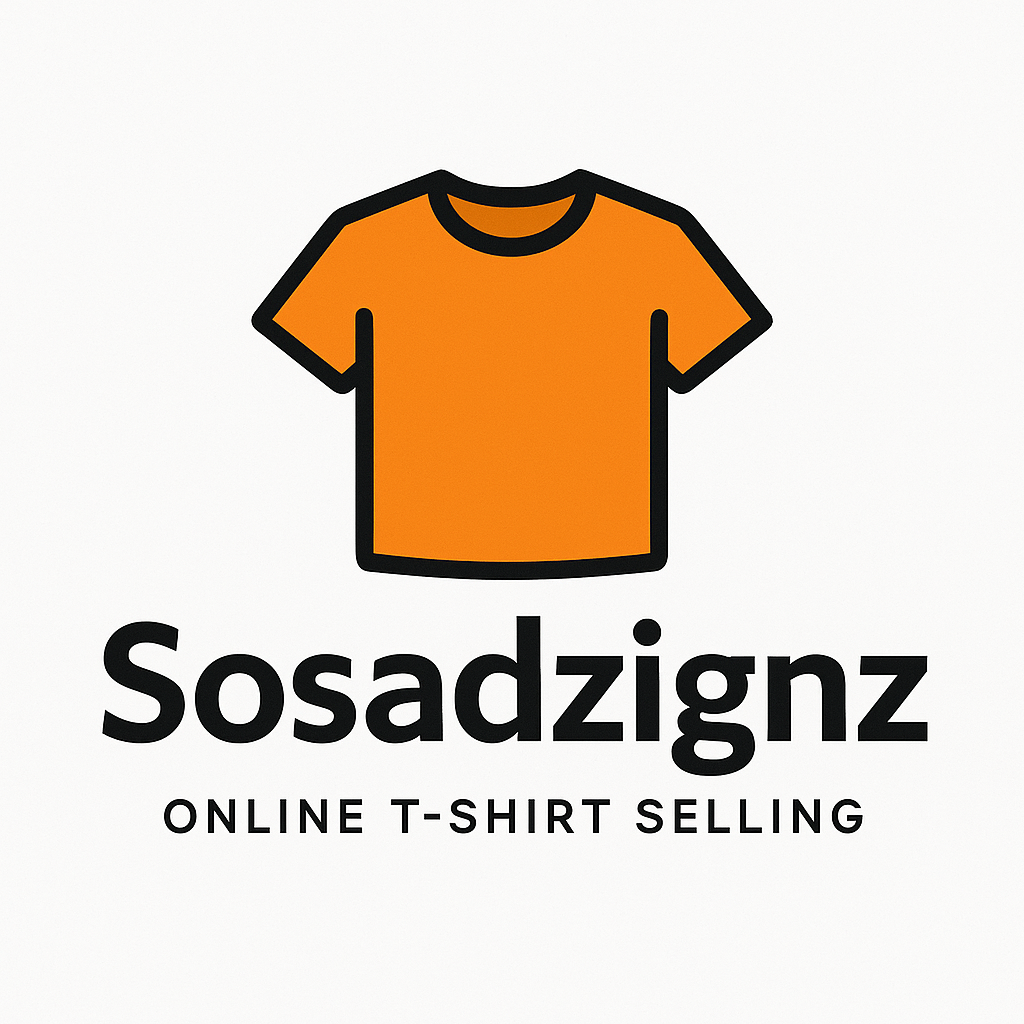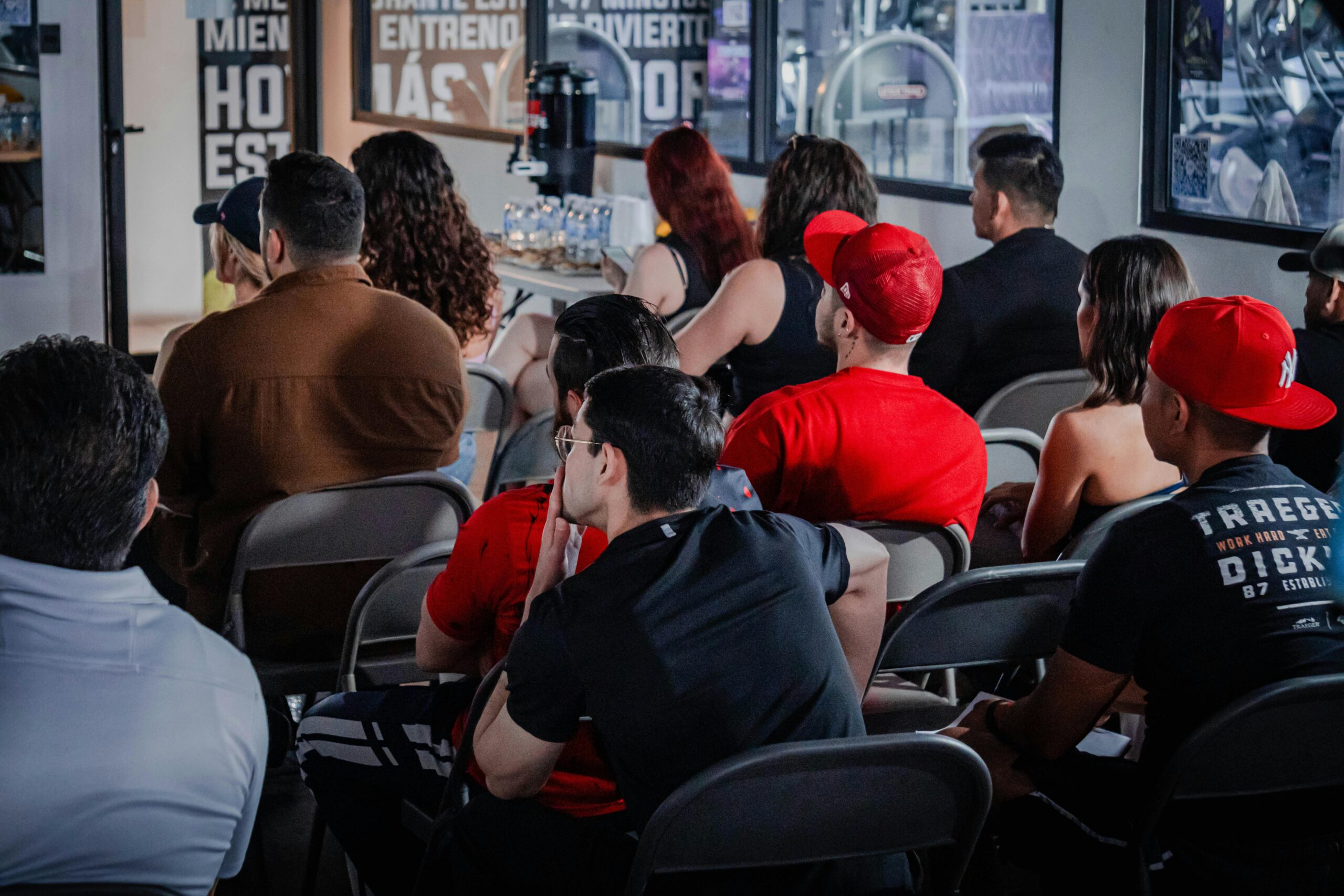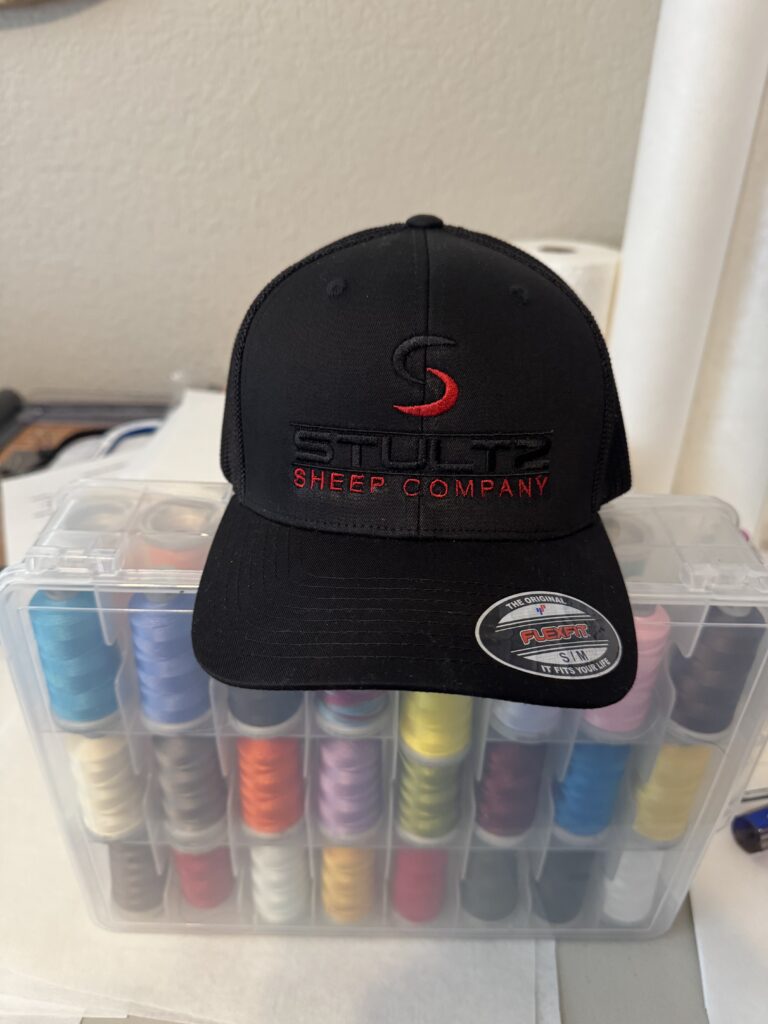Blog
In the fast-paced world of advertising, one truth stands above the rest: if you don’t know who you’re talking to, your message will fall flat. Whether you’re pushing a product, promoting a service, or building a brand, understanding your audience isn’t just a step in the process—it’s the foundation of success. Here’s why knowing your audience matters and how to get it right.
Why It Matters
Imagine shouting into a crowded room without knowing who’s listening. You might catch a few ears, but most will tune you out. Advertising without audience insight is like that: a gamble with long odds. When you know your audience—their desires, frustrations, habits—you can craft a message that feels personal, relevant, and urgent. It’s the difference between a generic billboard that fades into the background and a targeted ad that stops someone mid-scroll.
The numbers back this up. Studies show personalized ads can boost engagement by up to 40% compared to broad, one-size-fits-all campaigns. People don’t just want to be sold to—they want to feel understood. Nail your audience, and you’re not just advertising; you’re connecting.

Step 1: Define Who They Are
Start with the basics. Age, gender, location, and income level are the building blocks of any audience profile. Are you targeting tech-savvy Gen Z in urban hubs or retirees in rural towns? These details shape everything from your tone to your platform.
But don’t stop there. Dig into psychographics—values, interests, and lifestyles. A 25-year-old gamer and a 25-year-old fitness buff might share a birth year, but their worlds barely overlap. One’s glued to Twitch; the other’s scrolling fitness hashtags on Instagram. Knowing these nuances helps you meet them where they are.
Step 2: Understand Their Pain Points
Great advertising doesn’t just sell—it solves. What keeps your audience up at night? A busy parent might crave convenience, while a small business owner might wrestle with cash flow. Pinpoint their problems, and you’ve got the hook for your message.
Take a company selling meal kits. If they know their audience is overworked professionals, they won’t just pitch “delicious dinners.” They’ll hit harder: “Reclaim your evenings with meals in 15 minutes.” Speak to the struggle, and the solution sells itself.
Step 3: Map Their Behavior
Where does your audience hang out? What do they trust? Teens might discover brands on TikTok, while older adults lean on Google searches or word of mouth. Platforms matter—ads that crush it on X might flop on LinkedIn. And don’t forget timing: a late-night radio spot won’t reach early risers.
Behavior extends to buying habits too. Are they impulse shoppers or meticulous researchers? Impulse buyers love flash sales; researchers need reviews and specs. Align your approach with how they decide, and you’ll cut through the noise.
Step 4: Test and Listen
Even the best audience profile is a hypothesis until it’s tested. Run small campaigns—tweak the wording, swap the visuals—and see what sticks. A/B testing isn’t just for big budgets; it’s for anyone who wants results. If your ad for eco-friendly gear tanks with young trendsetters but spikes with middle-aged hikers, you’ve learned something valuable.
Listening goes beyond data. Scroll X, read reviews, join forums—hear what your audience says in their own words. They’ll tell you what they care about if you’re willing to pay attention.

The Payoff
When you know your audience, advertising stops being a shot in the dark. It becomes a conversation. A local gym targeting fitness newbies might skip the hardcore “no pain, no gain” vibe and go with “Start small, win big—your first class is on us.” A tech startup pitching to entrepreneurs might ditch fluffy slogans for “Grow faster with tools that don’t waste your time.”
Take Dollar Shave Club’s early ads. They didn’t just sell razors—they spoke to guys fed up with overpriced blades, using humor and a no-nonsense tone that hit the mark. They knew their audience: young, practical, and tired of the status quo. The result? A viral campaign that turned a startup into a household name.
The Bottom Line
Advertising isn’t about reaching everyone—it’s about reaching the right ones. Knowing your audience lets you ditch the guesswork and deliver a message that lands. It’s not magic; it’s method. Define who they are, understand what they need, track where they go, and refine as you learn. Do that, and your ads won’t just be seen—they’ll be remembered.
So, before you launch your next campaign, ask yourself: Who am I really talking to? Get that answer right, and the rest falls into place.



